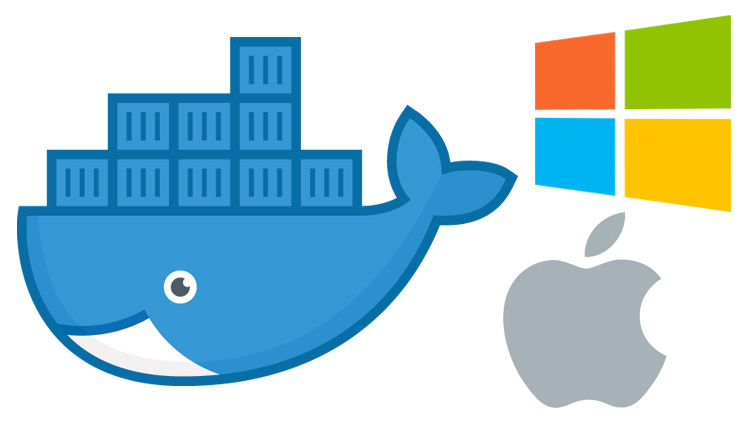

And if/when you hit some command wall-such as the docker-machine create item mentioned above-then just install VirtualBox and accept that as the “price of admission” for using Docker on macOS. The fact that the new Docker for Mac will ship with Mutagen def shows me that they hear us and are doing whatever they can to alleviate the situation. It requires HyperKit, VPNKit and a Docker client on the host to run. docker-17.06.ce.yml > necessary YAML file to build up VM Image The blueprint has support for controlling dockerd from the host via vsudd and port forwarding with VPNKit. When Kubernetes support is enabled, you can deploy new workloads not only on Kubernetes but also on Swarm and as standalone containers, without affecting any of your existing workloads. base.yml > which contains the open source components for Docker for Mac. Docker for Mac will be at the mercy of the macOS Hyperkit. Notice that Docker on Mac uses a native MacOS virtualization system called Hyperkit. Example: If I run the following command to run nginx in a container and expose port 80 inside the container, and map to port 80 on the host: docker run -d -p 80. BUT you should be able to connect using another port if you publish the ports correctly, using localhost, not the IP address. My personal best advice is if you don’t want VirtualBox around, just ditch it for now and do as you wish with Docker CE. Whereas Microsoft was cooperative in creating a bridge to their kernel with WSL-2, Apple generally keeps macOS under lock and key. Docker Desktop for Mac can’t route traffic to containers. Creates a unix socket /var/run/docker.sock which allows communication between docker engine. When you start with -cnicalico it might take some extra time for the. minikube start -addonsregistry -cnicalico -driverhyperkit -cpus8 -memory8g. The first time you start minikube, you should specify any settings you desire. Starts Docker engine in Moby Linux which waits for commands coming through the REST interface. Use brew to install the docker cli and minikube. Boots Moby Linux (a variant of Alpine Linux) on top of Hyperkit. But if you ask me, it seems that at some point you might get snagged while playing around with containers, so the best bet is to keep VirtualBox installed. Starts a lightweight Hypervisor called Hyperkit. The value in this column is what's currently physically allocated to. To see the 'Real Memory' used by Docker, right-click the column names in Activity Monitor and Select 'Real Memory'. After restarting, hyperkit went to max cpu for. If you want to manually trigger a TRIM: docker run -rm -it -privileged -pidhost walkerlee/nsenter -t 1 -m -u -i -n fstrim /var The first time I tried this, nothing happened until I restarted Docker.
#Docker for mac hyperkit mac os#
So it seems like if you are not concerned about docker-machine create then you can use Docker CE without VirtualBox installed. This document thoroughly explains memory usage on Mac OS with Docker Desktop and information is excerpted from there. Docker for Mac (after version 1.12) is supposed to run TRIM every 15 minutes using a cron job.
#Docker for mac hyperkit driver#
(See the Docker Machine driver for Oracle VirtualBox.) You can run both HyperKit and Oracle VirtualBox on the same system.

Seems confusing based on the documentation which states:ĭocker for Mac uses HyperKit, a lightweight macOS virtualization solution built on top of the amework.Ĭurrently, there is no docker-machine create driver for HyperKit, so use the virtualbox driver to create local machines.


 0 kommentar(er)
0 kommentar(er)
